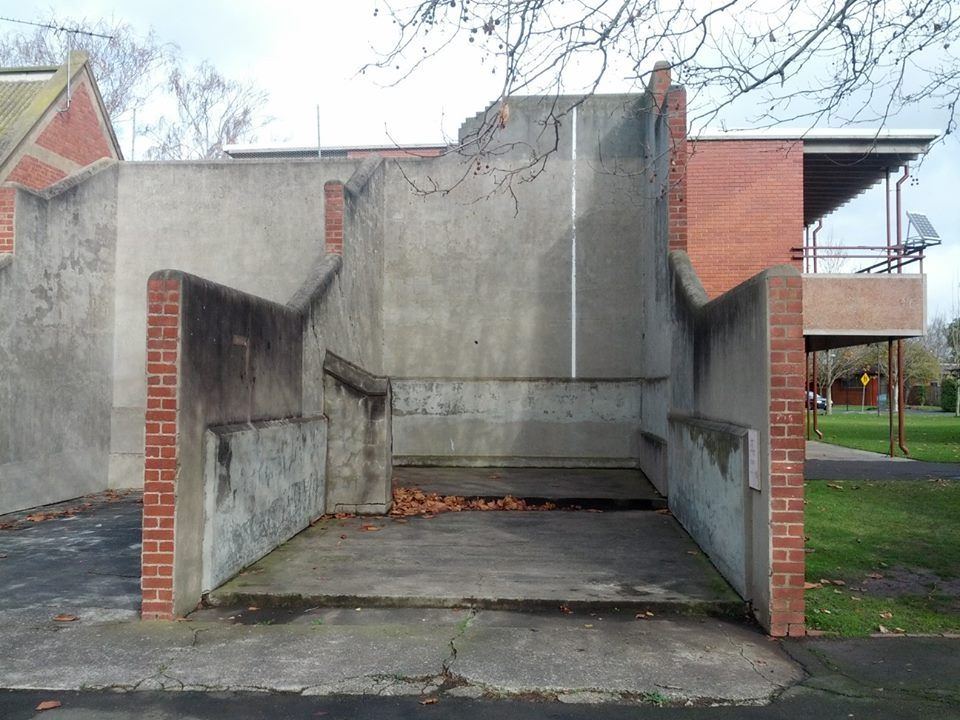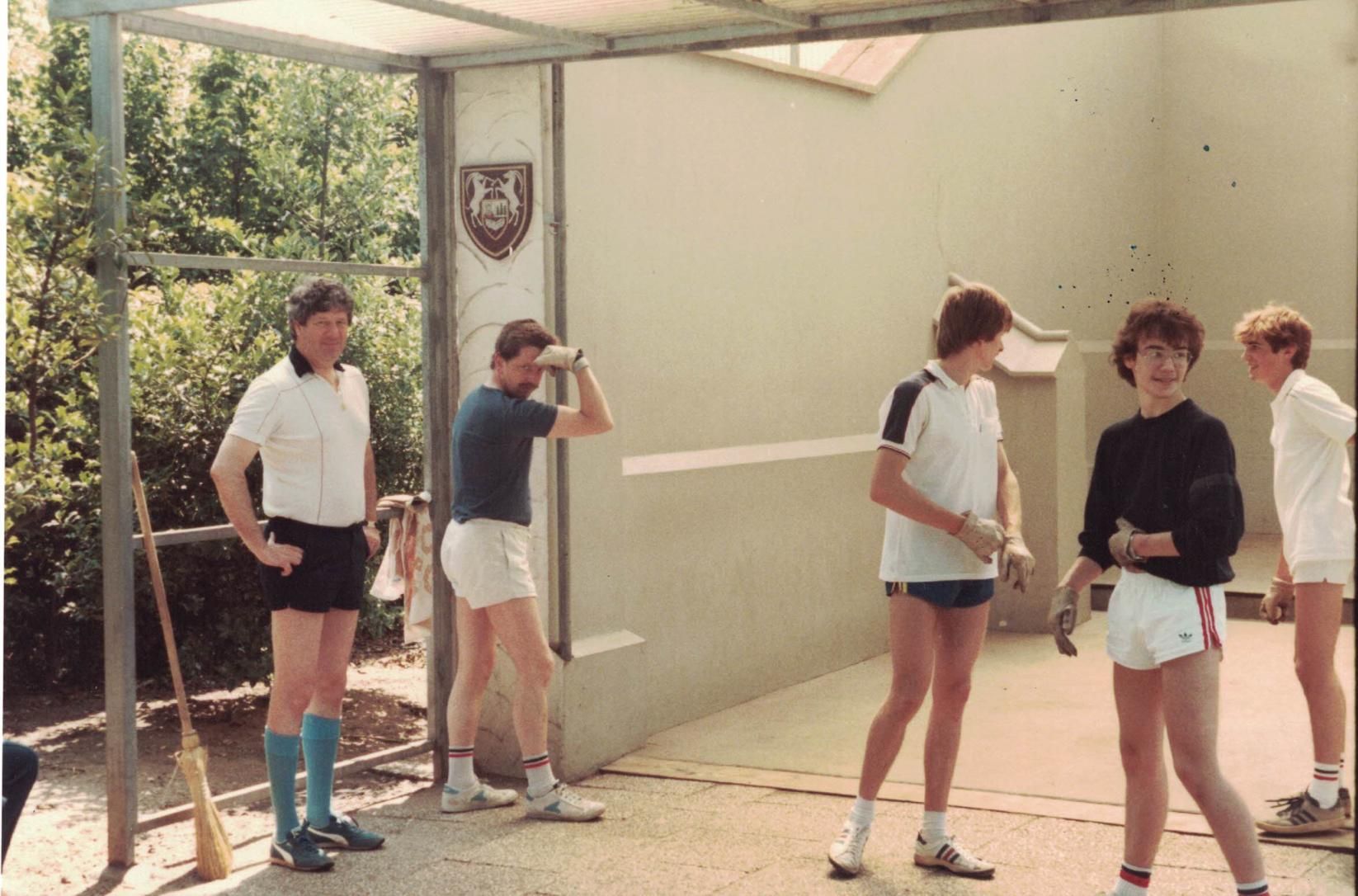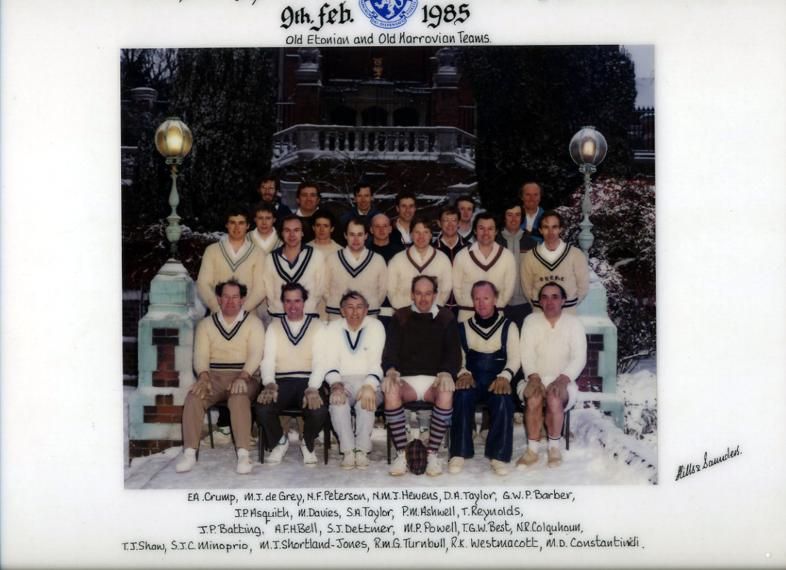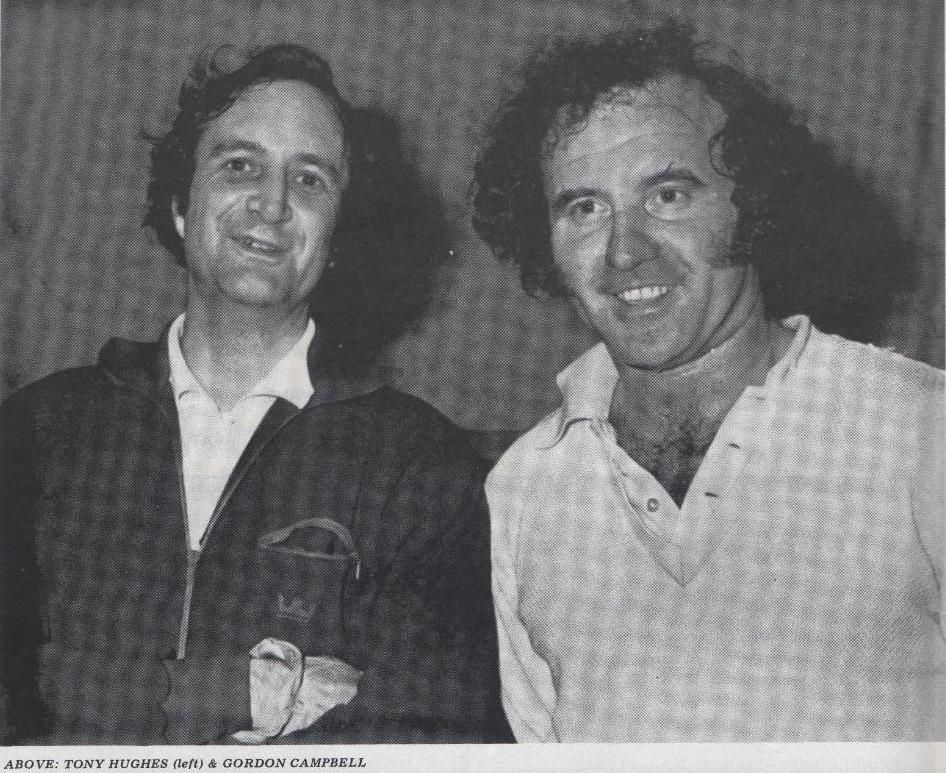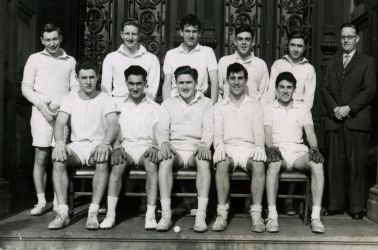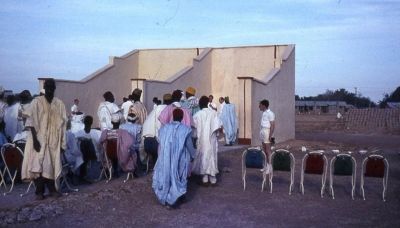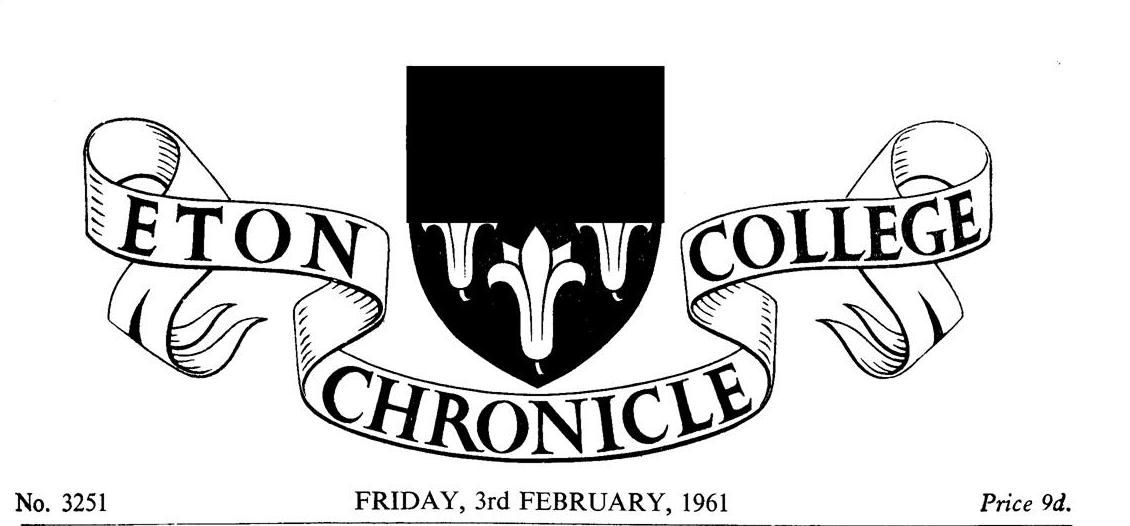The courts at Geelong Grammar School
Tennis, Rackets and Other Ball Games
An extract from the book by Mike Garnett published in Australia in 1986
"The Litle handball whether it be of some softer stuffe, and used by the hand alone, or of some harder, and used with the rackette, whether by tennice play with an other, or against a wall alone, to exercise the bodie with both the handes, in every kinde of motion, that concerneth any, or all the other exercises, is generally noted, to be one of the best exercises and the greatest preservatios of health". Richard Mulcaster, London 1581.

